More results...
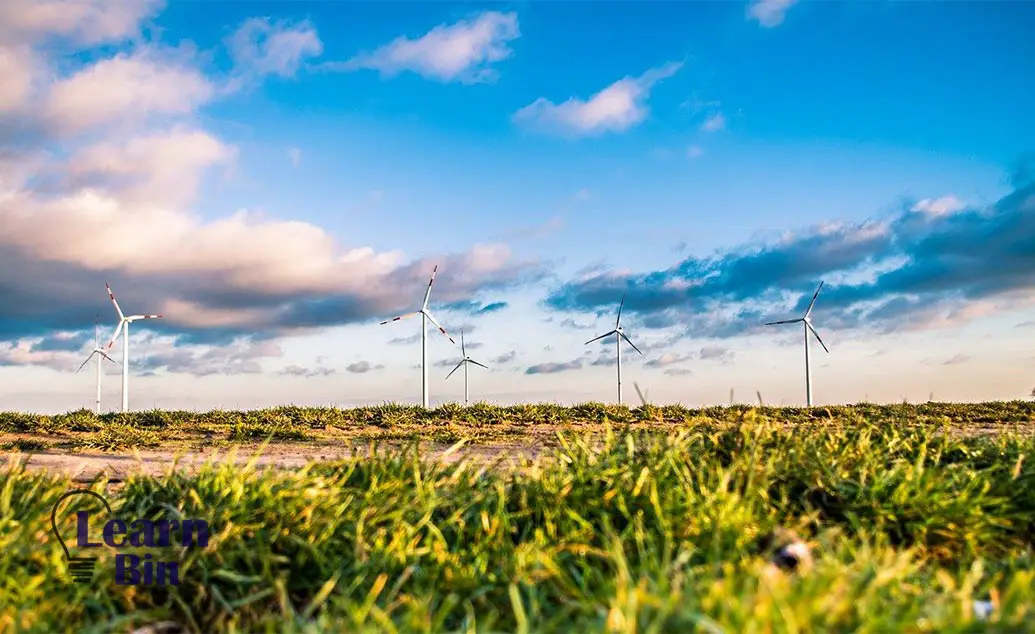

You may have heard the word sustainably in some context. So, do you really know what sustainability means? In this article, you may find an answer to the question, “what is sustainability?”.
Simply sustainability is a big concern when it comes to preserving resources and maintaining resources. Sustainability is often associated with processes like recycling, reusing, when using renewable and environmentally friendly energy sources, and protecting and preserving natural resources like rainforests, oceans, natural habitats of animals and etc.
Sustainability is the “capacity to endure or continue” or simply put, fulfilling our own needs and resource requirements without compromising the future generation’s ability to fulfill their needs and resource requirements.
So, for a product or a service/ activity to become sustainable, it should be recyclable, reusable, or repeatable (Three R’s of resource management) in some way. It should not consume all of the energy and resources required to create it.
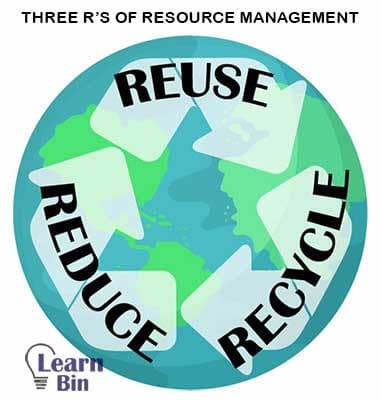
So, when we consider the above facts, Sustainability can be generally defined as the ability of something (like a product or a service) to maintain/ keep going by itself. For example, we can look at biological systems like rainforests, wetlands, and coral reef habitats. They remain productive, maintaining and preserving their resources and diversity over very long periods of time.
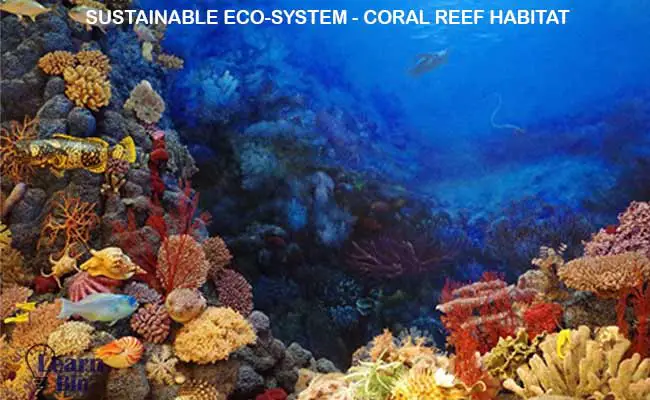

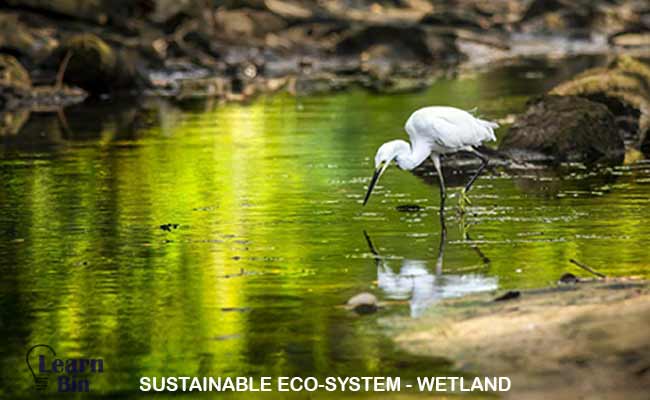
So, it seems like sustainability is a big concern when it comes to preserving resources and energy. It is very important to preserve resources and energy over the long term rather than expending/ exhausting them fast to achieve short-term goals and needs.
The term “sustainability” appeared in the 1800s in Germany during forestry studies, when foresters began to manage timber harvesting for continued use as a resource. In 1804, Georg Ludwig Hartig, a German forestry researcher, defined sustainability as -
“Utilizing forests to the greatest possible extent, but still in a way that future generations will have as many benefits as the living generation”.
Georg Ludwig Hartig, a German forestry researcher
Although Current definitions are much different and much more expanded from Hartig’s, sustainability still accounts for the need to preserve natural spaces, conserve materials (wise use of the resources), and maintain resources in a reasonable way for all human beings, both present and in the future.
The most popular definition of sustainability comes in 1987, from the “Brundtland Commission of the United Nations, which defined sustainability as meeting -
“The needs of the present without compromising the ability of future generations to meet their own needs”
1987 - Brundtland Commission of the United Nations
Sustainability looks for new ways of addressing the connection between Societal Development and environmental degradation. So that would allow economies and human societies to expand/ develop without destroying or overharvesting the environment and the ecosystems.
As an example of sustainability, consider aluminum soda cans. Many aluminum cans were produced, used, and discarded without concerning much. Aluminum is a limited resource. Also, trash dumps and landfills were filled with wasted aluminum cans.
If that process is continued, aluminum metal will run out within some period of time. So the practice of discarding cans was not a sustainable process. It was an unsustainable action. So as a solution for that problem, governments, and private corporations began to recycle used aluminum cans. It can be observed in the given graph.
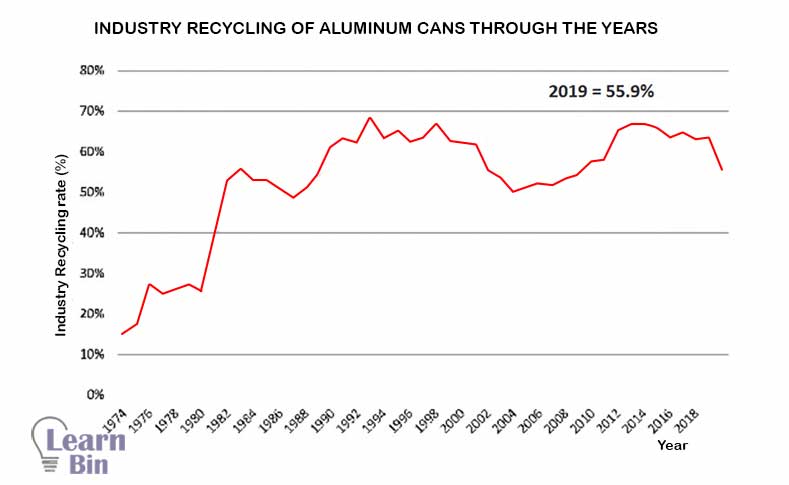
Also, from that action, a billion-dollar recycling industry has emerged. It creates many jobs and profits for the workers and for the businesses in that area.
Also, it improves the thoughtful use of limited resources and reduces the environmental impact. So that makes the process (consumption of aluminum) cyclic rather than linear. So, that enforces the continuous use of the material. This is a simple example of sustainability.
Sustainability is not only for the environmental or economic benefits that come from recycling materials and resources. Economic factors that get from sustainability are very important, but sustainability also accounts for the social and environmental consequences of human activities.
This concept is known as the “Three pillars of sustainability”. This explains that “true sustainability” depends on three factors that engage with each other.

First, sustainable human activities should protect the environment of the earth (should conserve all ecosystems).
Second, all people and all of the communities must be treated equally (equality). Specially, should consider eliminating global poverty and the environmental exploitation of poor countries and communities.
Third, sustainability should be economically feasible. The human development process depends on the long-term production, use, and management of resources as part of a global economy.
When all of these three pillars are incorporated, only then an activity or enterprise can be described as sustainable.

Some people describe this three pillars model as -
I will discuss these concepts in detail in a separate article.
Our current definitions of sustainability are largely influenced by the historical and cultural relationship with nature. Many peoples in the past and also in the present, have focused on the value of natural resources and natural spaces, and their ideas contributed to the environmentalist movement that appeared in recent years.
Many environmental organizations are dedicated to ensuring the protection and restoration of nature, and they always try to change public policies and individual behavior to preserve the natural world.
Considering this, environmentalism and sustainability have much more things in common. Also, some people think that the current considerations and conversations about sustainability are the next evolution of environmentalism.
But there were many debates in earlier times, saying that the environment and the economy always stand against each other. But many of the current conversations that involve sustainability, hope to bridge that gap by looking for possibilities that balance a full range of perspectives and interests.
Sustainability provides motivations for changes rather than demanding change and the three pillars of sustainability draw attention to this incorporation.
Essentially though, sustainability looks for coordinated innovation to create a future that combines environmental, social, and economic interests rather than setting them apart. In a way, a conversation about sustainability could be the most important conversation taking place in the present society.
Earth provides all of the resources required for our survival. But the earth has limited resources and our future will depend on the proper management and use of those resources. At present, the global supply of those natural resources are reducing dramatically (fossil fuel, coal, forests, and many more).
But the demand for those resources is increasing by a huge amount day by day. Also, many natural resources are destroyed because of actions like pollution, resource depletion, destruction of biodiversity and ecosystems, climate change, and many more human activities. This is not sustainable.
For the survival of the world and its human and non-human inhabitants, we need to start to act differently. We need to start to think differently.
Sustainability is all about how to preserve the world and natural resources and ensure the continued survival of future generations. Everything will depend on the choices that our society makes today and in the future. Finally, for the survival of our world, we need to start to act differently and wisely. So finally, I hope you have found the answer to the question "What is sustainability".

Learn more about sustainability here.
The cover image was designed using Image by Free-Photos from Pixabay
Figure 02: Image by Antonios Ntoumas from Pixabay
Figure 02: Image by wanzi989813 from Pixabay
Figure 02: Image by Erik Karits from Pixabay
Figure 04: Designed using a vector created by macrovector – www.freepik.com